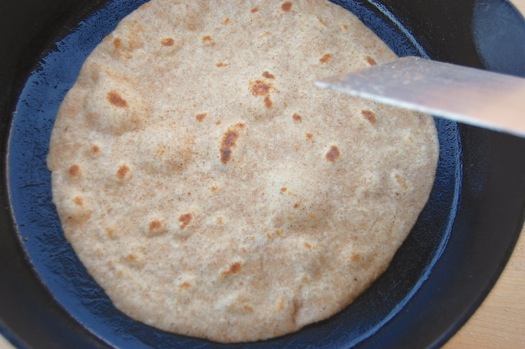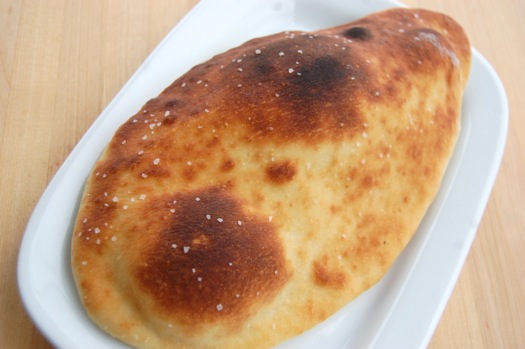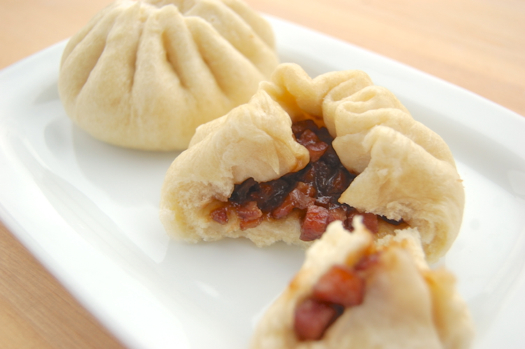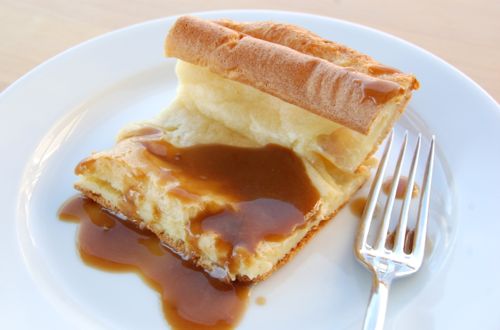Making Matzoh
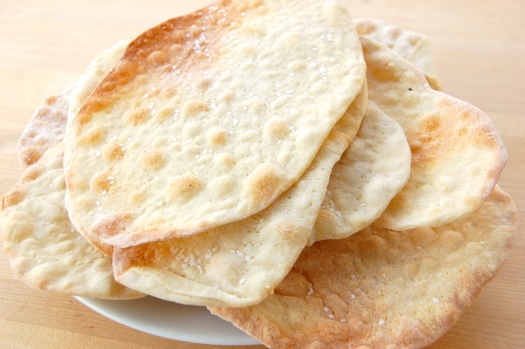
That, I don’t mind sayin’, is some handsome matzoh. I was stunned at how much it tastes like store-bought when I tried it, but it does. Still, there’s always a qualitative difference between what you buy and what you make, and it shows here. This may not be kosher, but it’s very light and fresh-tasting in the way that anything out of a box isn’t.
And if you’re wondering why a Scots-Irish Catholic buys matzoh in the grocery store, let’s just say that after spending a fair amount of time in New York City, I found that civilized life was next to impossible without matzoh ball soup. Start by preheating your oven to 500 or even 550 if it will go that high. Next get your ingredients together. Combine the water and the flour in a medium bowl.
READ ON